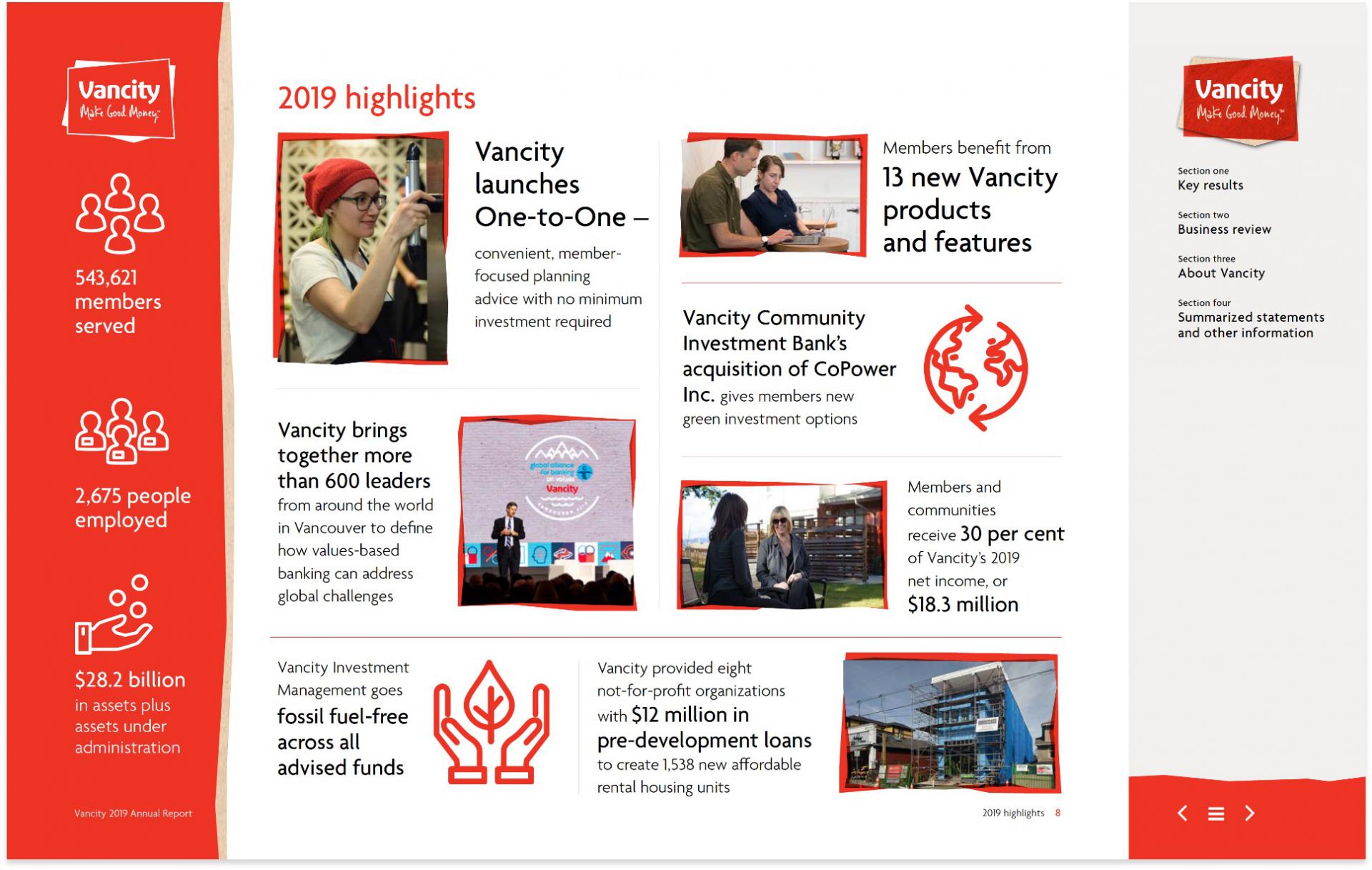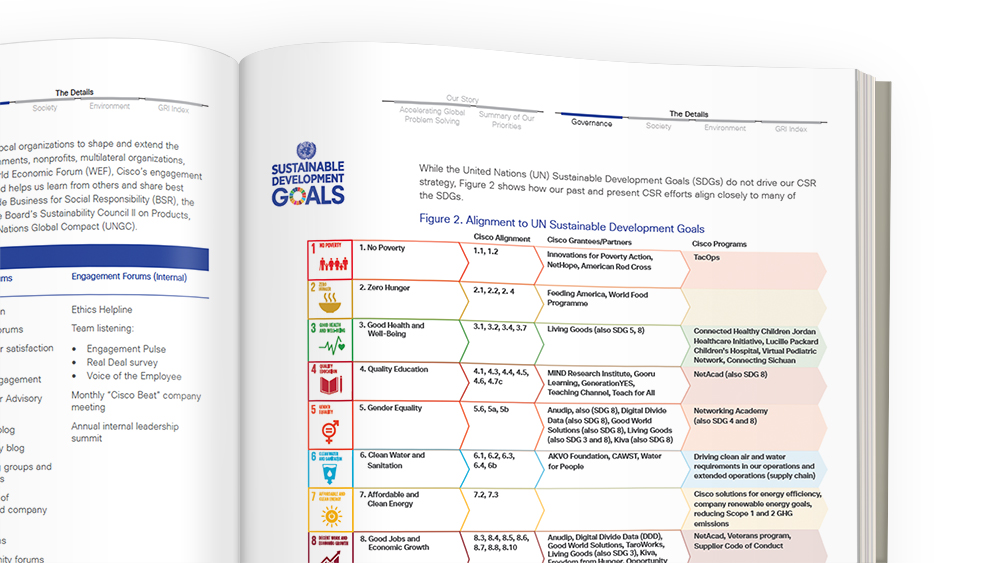Reporting on the UN’s Sustainable Development Goals

In September 2015, countries from around the world adopted the United Nations’ 2030 Agenda for Sustainable Development and its 17 Sustainable Development Goals (SDGs or Global Goals). While the SDGs launched with strong fanfare, thanks to vibrant branding and endorsements from celebrity ambassadors, the UN’s 2017 progress report warns that the pace of action has been insufficient to meet the targets set out for 2030.
As part of our Sustainability Reporting Trends research this year, we dove headfirst into over 100 CSR reports to find out what businesses around the world are doing to contribute to the Global Goals. We looked at how many companies included the SDGs in their reporting, and, of the ones that did, how they positioned the goals in relation to their business strategy.
65% of companies surveyed included SDGs in their 2016 report. Only 20% of companies reported to all 17 of the Global Goals.
Compared with last year’s data, 40% more companies included some aspect of their commitment to one or more of the SDGs this year. Unilever, among our list of companies who reported on all 17 SDGs, provides what it calls a “broad overview” of how each Global Goal relates to the pillars of the Unilever Sustainable Living Plan (USLP) – the company’s strategy for sustainable business. A simple table lists each of the goals on one side, with any of the related USLP pillars on the other.

Cisco took a similar approach to its treatment of the SDGs, aligning 13 of the goals to past and present sustainability initiatives, but making it clear that the SDGs have yet to influence Cisco’s business: “While the UN SDGs do not drive our CSR strategy, Figure 2 shows how our past and present CSR efforts align closely to many of the SDGs”.
The practice of drawing connections between a company’s existing sustainability efforts and all – or, in some instances, some – of the Global Goals proved to be a common approach to reporting on SDGs in 2016.
While it is a good way to introduce the SDGs to stakeholders, this paint-by-numbers approach employs a broad brushstroke, offering little in the way of measurable outcomes to specific goals or targets. The Global Reporting Initiative (GRI) – a leading authority on reporting standards – only recently published an inventory of what the SDG targets mean for business, which it plans to complement in the coming months with a guide on how companies can effectively report on the SDGs.
Our sustainability analyst, Sonam Madav, framed it this way: “While more and more companies are talking about the SDGs in their reports, the majority are treading lightly when it comes to defining clear targets – and for a good reason. The 17 SDGs and their 169 targets are complex and robust, and to truly make a positive contribution, companies will need to ensure they properly understand where they can have the most impact and how they can measure and report on that impact.”
In one year, we’ve seen a significant increase in companies reporting on the SDGs. Although many remain hesitant to share a strong commitment to the ambitious Global Goals, a clear shift to more formal recognition and due diligence suggests that we are on the precipice of active participation by companies toward achieving the SDGs.




